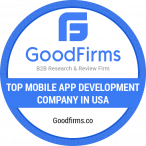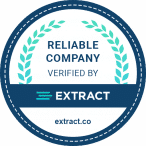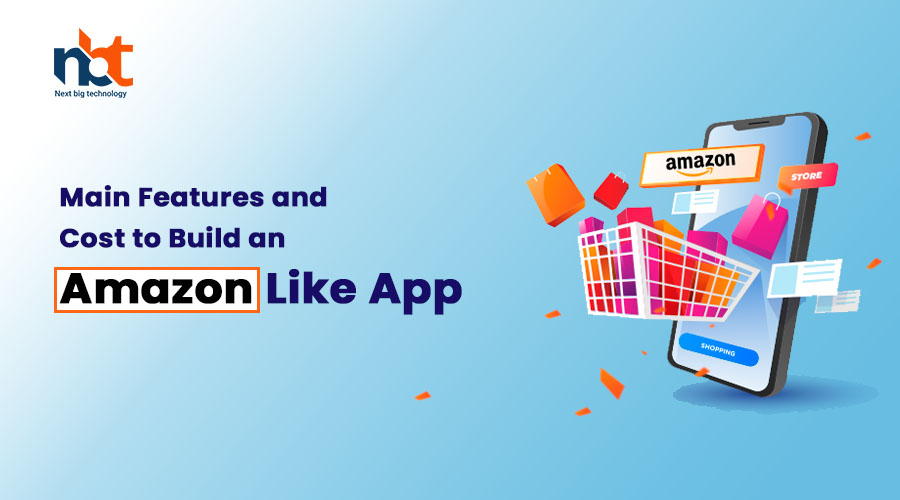Introduction:
Amazon has revolutionized the way we shop by providing a vast online marketplace with a wide range of products and seamless shopping experiences. If you’re inspired by Amazon’s success and considering building a similar app, it’s important to understand the main features required and the associated costs to create a robust e-commerce platform. In this comprehensive guide, we will explore the main features and cost factors to consider when building an Amazon-like app. Let’s dive in!
I. Main Features of an Amazon-Like App:
- User Registration and Profiles:
- Allow users to create accounts, manage personal information, and track their order history and preferences.
- Product Catalog:
- Build a comprehensive product catalog with detailed descriptions, images, specifications, customer reviews, and ratings.
- Search and Filters:
- Implement a powerful search functionality that enables users to find products by keywords, categories, price range, brands, and other relevant filters.
- Shopping Cart and Checkout:
- Provide a seamless shopping cart experience, allowing users to add products, update quantities, apply discounts, and complete the checkout process securely.
- Multiple Payment Options:
- Integrate various payment gateways to offer users flexibility in choosing their preferred payment method, such as credit cards, debit cards, digital wallets, or cash on delivery.
- Order Tracking and Notifications:
- Keep users informed about their order status with real-time notifications, shipment tracking, and delivery updates.
- Customer Reviews and Ratings:
- Enable customers to leave reviews and ratings for products they have purchased, promoting transparency and helping other users make informed decisions.
- Personalized Recommendations:
- Implement recommendation algorithms based on user behavior, purchase history, and preferences to offer personalized product suggestions.
- Seller Accounts and Dashboards:
- Allow sellers to create accounts, manage product listings, track orders, and access analytics and sales reports.
- Inventory Management:
- Provide sellers with tools to manage their inventory, update product availability, and receive notifications for low stock or restocking needs.
- Wish Lists and Saved Items:
- Allow users to create wish lists or save items for future purchase, making it easier to track and revisit desired products.
- Order History and Returns:
- Provide users with access to their order history and facilitate returns or exchanges through a streamlined process.
- Customer Support:
- Offer various channels for customer support, such as live chat, email, or phone, to address inquiries, concerns, or issues promptly.
- Social Sharing and Integration:
- Enable users to share products or wish lists on social media platforms and integrate with social login options for a seamless registration and login process.
II. Cost Factors to Consider:
- Platform Selection:
- Determine whether you want to build the app for iOS, Android, or both platforms. The choice will impact development costs and timeframes.
- App Design and User Interface:
- Investing in intuitive and user-friendly app design is crucial to providing a seamless shopping experience. Costs may vary based on design complexity and customization requirements.
- Development Team:
- Hiring experienced developers, designers, and quality assurance specialists is essential for building a robust and feature-rich e-commerce app. The team size will impact costs.
- App Development Approach:
- Decide between native or cross-platform development. Native apps offer better performance but require separate development for iOS and Android. Cross-platform solutions can reduce development time and costs.
- Backend Infrastructure:
- Building a scalable backend infrastructure to handle product management, inventory, user accounts, and secure transactions is critical. Costs will vary based on infrastructure complexity and hosting requirements.
- Payment Gateway Integration:
- Costs may be incurred for integrating payment gateways, including setup fees, transaction fees, and ongoing maintenance costs.
- Third-Party Services and APIs:
- Consider the need for integrating third-party services, such as shipping providers, analytics tools, or recommendation engines, which may incur additional costs.
- Testing and Quality Assurance:
- Allocate resources and budget for thorough testing to ensure the app’s functionality, performance, and security.
Conclusion:
Building an Amazon-like app requires careful consideration of the main features and cost factors involved in creating a robust e-commerce platform. Costs will vary depending on factors such as platform selection, app design, development approach, team size, and desired features and functionality. Prioritize the main features based on your target audience and business goals to control costs while ensuring the app’s reliability and user satisfaction. By considering the main features and cost factors discussed in this guide, you can lay a solid foundation for developing a successful Amazon-like app that offers a seamless and comprehensive online shopping experience.










